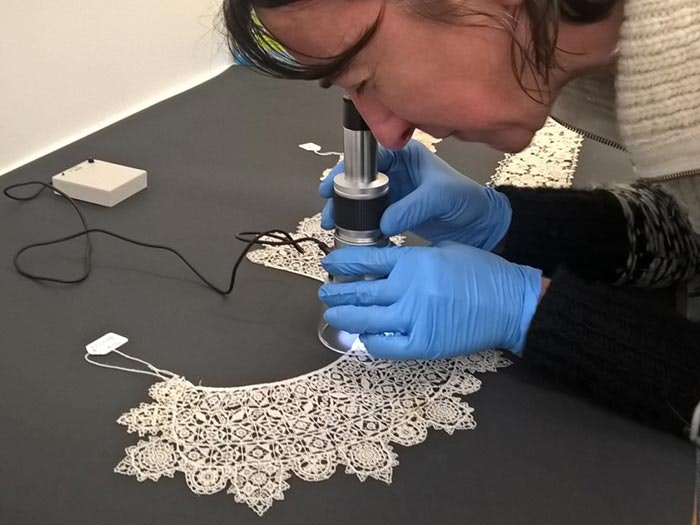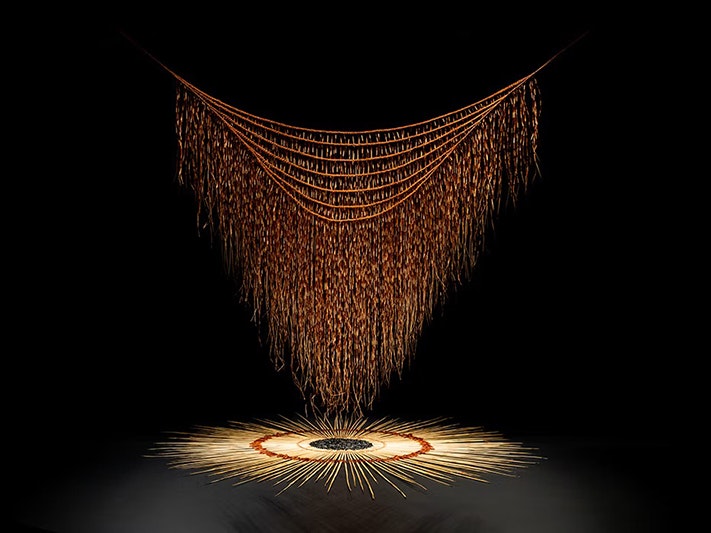
The power of lace – making European Splendour 1500-1800
Justine Olsen, curator of decorative art and design discusses the fine process of conserving and preparing lace for display.
Free museum entry for New Zealanders and people living in New Zealand
Open every day 10am-6pm
(except Christmas Day)
Free museum entry for New Zealanders and people living in New Zealand
Exquisite European art and objects reveal how the Church, trade, and innovation influenced what was once considered the height of affluence.
31 Aug 2016 – 26 Feb 2017
Level 5
Free exhibition
All ages
For centuries in Europe, luxury goods were the preserve of the monarchy, church, and nobility. But waves of change gave more people than ever access to the beauty and sophistication of gold, fine furniture, silks, and lace.
Discover these objects of desire spanning 300 years of history.
A Children’s Guide to Splendour [PDF, 2MB] (2.06 MB)
Download a fun and informative children's guide to European Splendour 1500–1800. Produced by Issac and Paddy, pupils of Pukerua Bay School Museum.

Justine Olsen, curator of decorative art and design discusses the fine process of conserving and preparing lace for display.

Textile conservator Anne Peranteau, and costume mount maker Sam Gatley describe the process of preparing two 18th century dresses for display in an exhibition.

Fresh takes and new favourites. You’ll find them in Toi Art – the home of the National Art Collection.
Discover new artists, get creative in the family-friendly Art Studio, or spend time with a favourite artwork.
On now
Long-term exhibition
Exhibition Ngā whakaaturanga